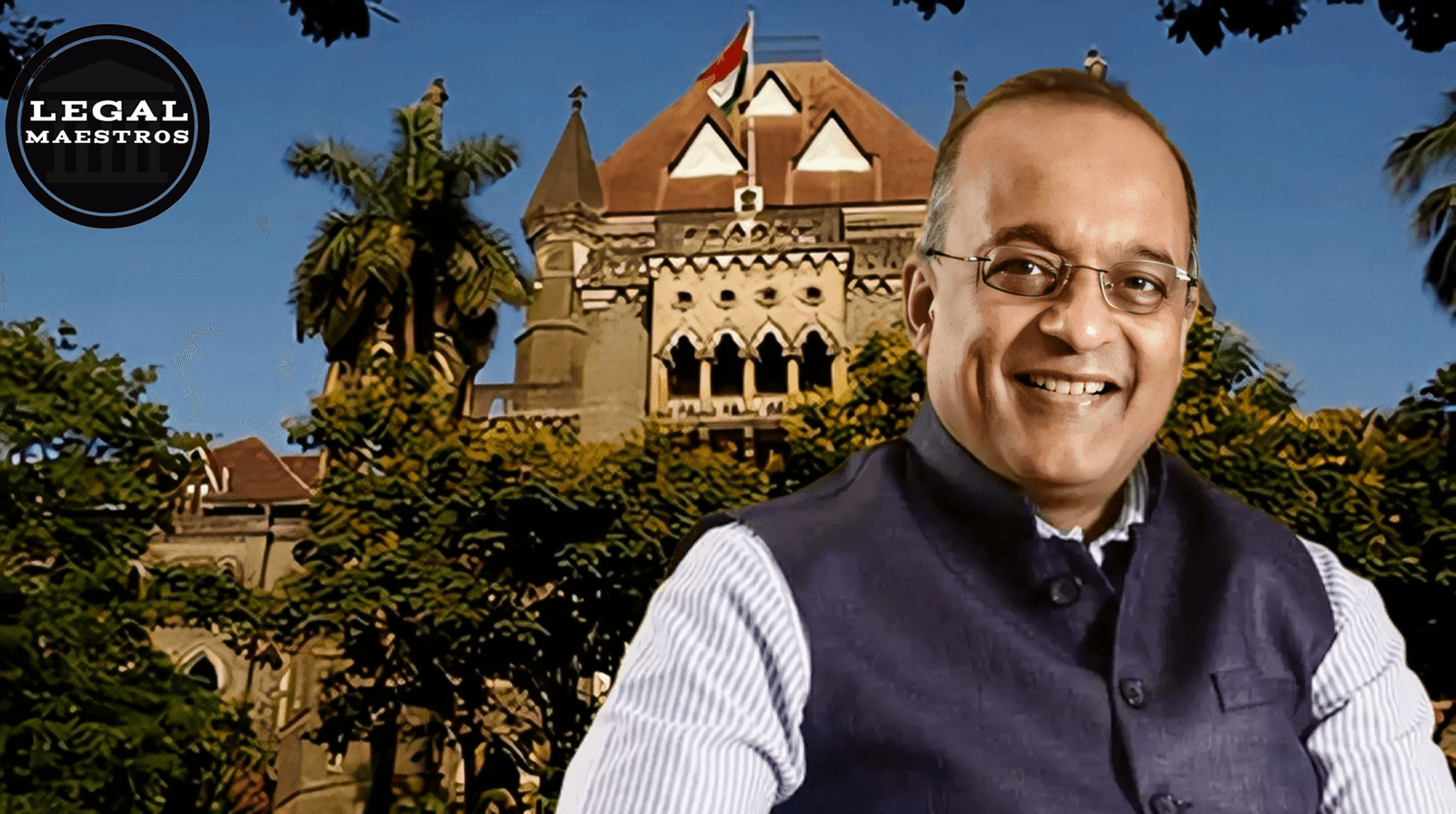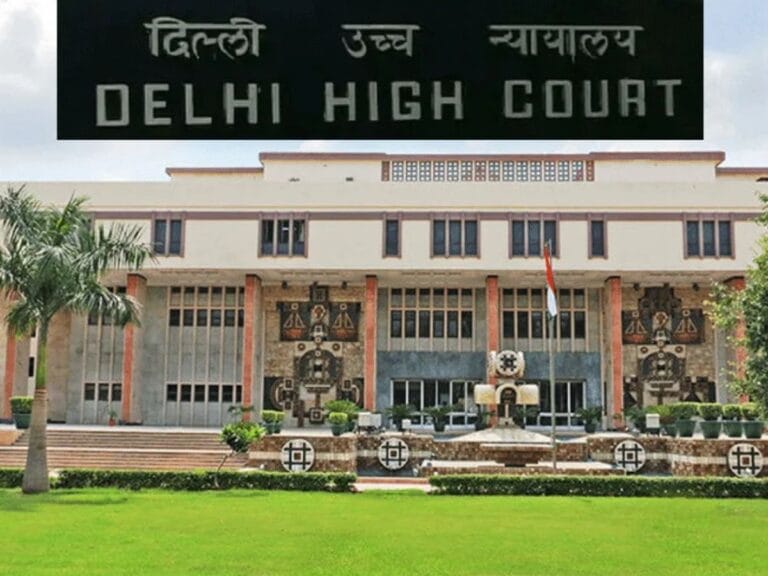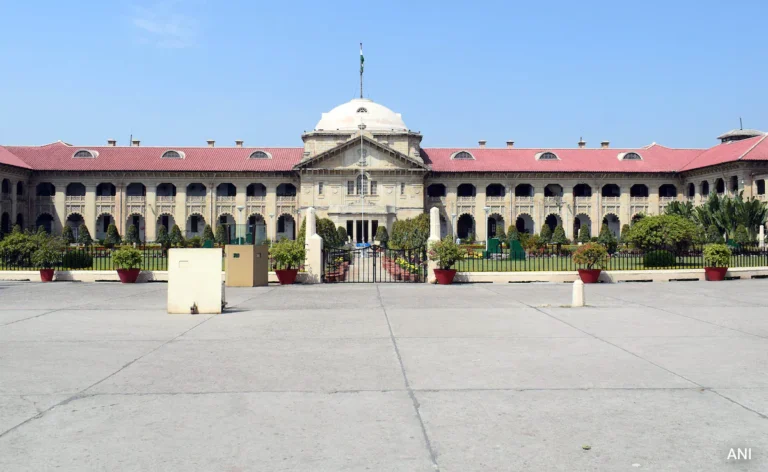
The Bombay High Court was in a peculiar position in the recent past where we have seen a record of three judges recusing themselves to hear three cases by the CEO of HDFC bank, Sashidhar Jagdishan, and his appointment as a trustee to Lilavati Hospital and Research Centre a well-known premier hospital in the city. The case which involves an FIR against the bank CEO and others on the ground of irregularities in the bank operations of the trust has attained a lot of legal as well as public attention.
Such recusals have brought up the relevant questions of judicial impartiality, judicial discretion, and the openness of the judiciary in important cases. The disqualification of judges in one case after another in such short order is unusual and automatically raises the eyebrows of litigants, legal watchers and members of society in general.
Case History
The beginning of the case is a First Information Report (FIR) filed by a concerned group against the appointment of new trustees to the Lilavati Hospital Trust due to manipulation and irregularities in the same. The trust, which operates the famous Lilavati Hospital in Bandra, Mumbai has long been on the radar due to internal power wranglings and conflicts of governance relationship with the family.
For any queries or to publish an article or post or advertisement on our platform, do call at +91 6377460764 or email us at contact@legalmaestros.com.
Among the accused listed in the FIR was Sashidhar Jagdishan, current CEO of HDFC Bank. Under the allegation that he was unlawfully listed as a trustee and against the trust deed. The complaint claimed abuse of power, criminal breach of trust, and infringements of the Indian Penal Code in the making of the appointment, implying that the occurrence was contravening the old democratic rules which embraced the constitution of the trust.
Thereon, a public interest litigation (PIL) was hired which invited judicial consideration and attention to the case. The PIL requested the court to order a halt to the appointment as well as an inquiry to further probe the supposed malpractices in the administrative structure of the trust.
Chain of Judicial Recusals
What has attracted even greater attention to the case is the way three judges of the Bombay High Court have recused themselves, one after another, from hearing the petition.
The first among the judges who opted out gave personal reasons unexplained. Though a judge does not have an obligation to provide reasons for recusal, particularly in conflict of interest or impression bias scenarios, it usually leaves litigants and people at bay wondering about the actual picture.
The second judge, a recuse, was inspired when the issue was brought up in the court of law. The case was however not continued by the judge who made no reason though no formal objection as well as an application was made by any of the parties.
The third judge refused to accept the case as well and therefore the Chief Justice of the Bombay high court referred this matter to another bench. Although recusals of this kind can at times occur in extremely anxious or high-profile cases, three following one another is highly unusual and possibly indicates outside influence, perceived bias or prior relationships professional or personal with participants.
An Implication of the Judicial Process
Although recusal is entirely legal, and based on the same fairness and impartiality standards, when it is used consistently in specific cases, and especially in matters of important or controversial litigation, it is contentious. Increase in recusals without any recorded reasons may undermine the faith of the people in the way justice is delivered to people and may promote backroom influence or suspicion of compromised neutrality.
Also, it has been discussed that there is no clear mechanism or structure where judges are required to document reasons for recusing the judges. Although it is important that the sanctity and independence of the conscience of a judge should be retained, it is also important that the same should be balanced with transparency before the people, so as to strengthen the credibility of the judiciary.
In this particular, critics say that the middle ground approach should be taken by the judiciary wherein recusals, especially those on issues of interest to the people, should be warranted by a modicum of reasons at least to the extent of ensuring that the decision was not based on the convenience of the judges but rather on their ability to block out their biases.
The Conflict Allegations Role of HDFC CEO
It was considered with raised eyebrows that a corporate topper like Sashidhar Jagdishan was included in the trust board of the hospital in areas that were mostly well-diabeted and medical-profession dominated in areas like Lilavati trusteeship.
According to petitioners, the appointment of Jagdishan was planned by a section in the trust, which wanted to take over the financial and other management hands of the trust. FIR also indicates certain trust meetings, voting abnormalities, and the absence of transparency in passing resolutions.
It should also be mentioned that Jagdishan has not admitted his guilt but insists that his appointment was a part of the inner processes of the trust. His agents say that the PIL is politically driven and a result of the in-house in the Lilavati Trust family feud that has dogged the Trust over the years.
Wider Issues of Governance in Charitable Trusts
The current lawsuit can also shed some light on the governance structures of both charitable and public trusts in India. Most hospitals, educational establishments, and charitable institutions remain managed by family trusts (or committees) that have few checks and minimal transparency.
Although these institutions are publicly-oriented and it is a common practice that they are exempted from taxation with government benefits, their internal decision-making is not reflected in much scrutiny. This case, thus, turned out as a mirror to show the immediate need for regulation change in the operation of charity institutions.
Public interest litigation has been of great help in putting light on the requirement for accountability for such entities. The courts have on earlier occasions stepped in to assert the freedom of charitable institutions without making them fiefdoms by making them operate without legal constraints.
THE LIFE Ahead
The pre-trial in the case is supposed to be repeated before a new bench formed by the Chief Justice. The question will be whether this bench will be in a position to hear the case without any further recusal.
According to legal experts, in case recusals become persistent, one can bring the whole case to the Chief Justice as an administrative or special case, or even have the case heard before a big bench.
There are concerns in the meantime over how the trust operates, the role of the financial sector in publicly funded health agencies and society risking peril through too much of a good thing. The problems can also result in the court establishing new precedents pertaining to trust governance, conflict of interest, and procedural protection from recusals of the court.
The case over HDFC Bank CEO and the Lilavati hospital trust is no longer concerning a single FIR or a disputed trusteeship. It is now synonymous with the mess that modern legal battles are characterized by involving law, morals, authority and perception. This latest transfer of court recusals highlights the issue of the fragile tension between independence and transparency that judicial institutions are always trying to maintain.
Whether or not the legal fraternity will be the ones on the watch and wait, it is only a matter of time until the verdict is out and whether it bodes any kind of meaning with respect to the judicial process, trust of people in the court system and laws that govern charitable institutions in the future.







